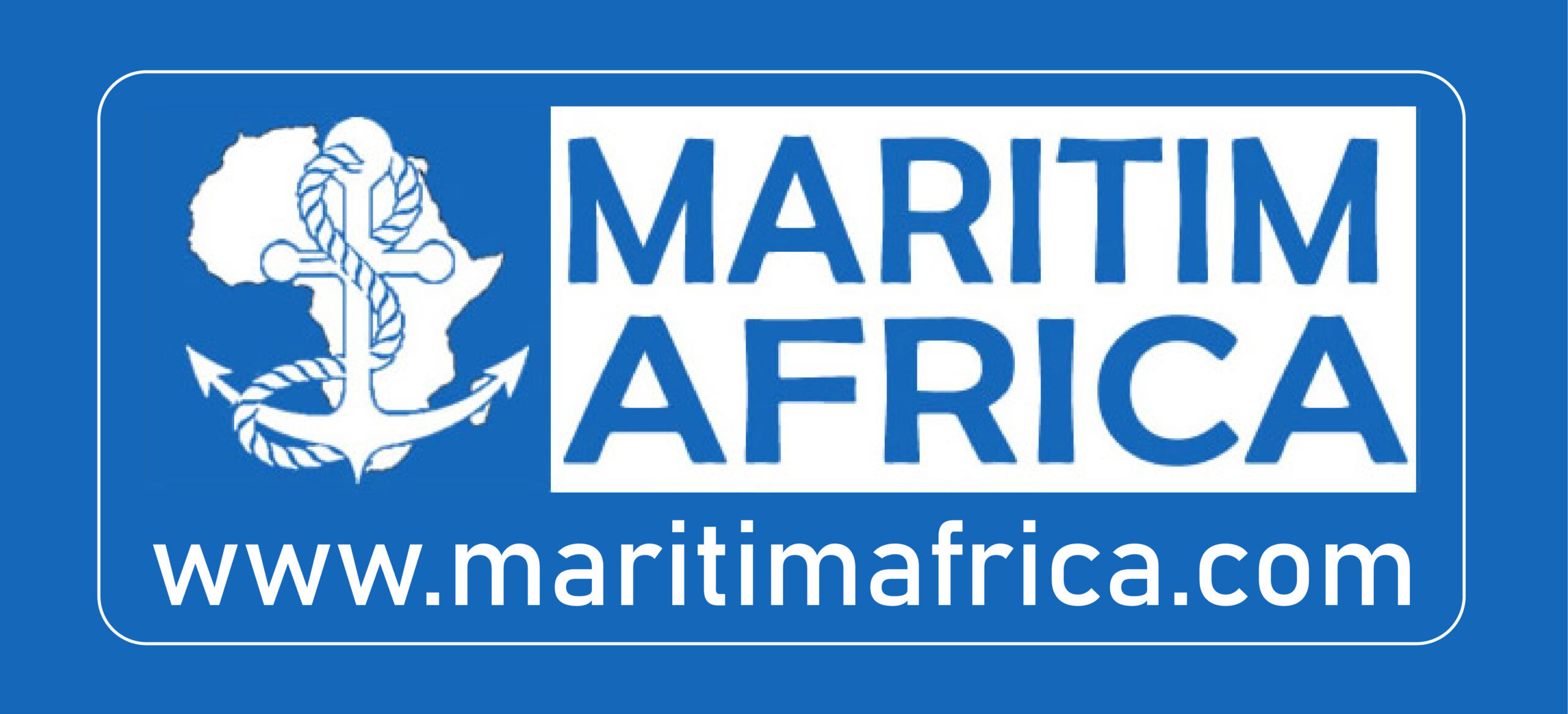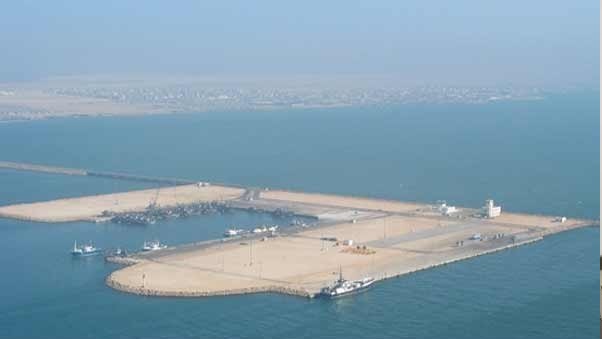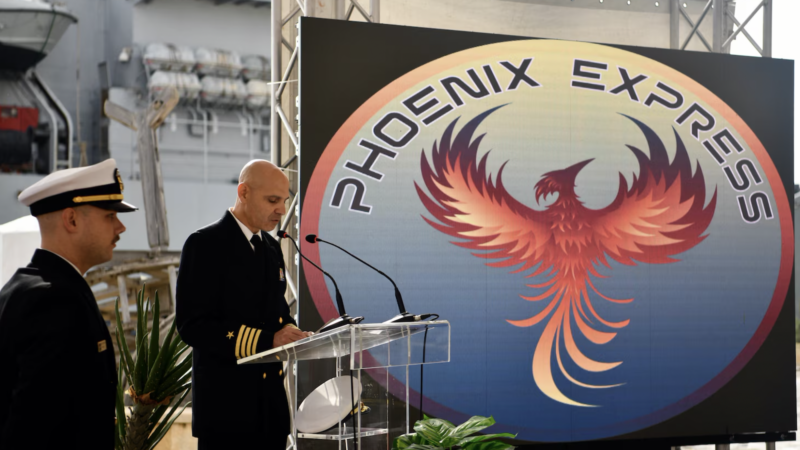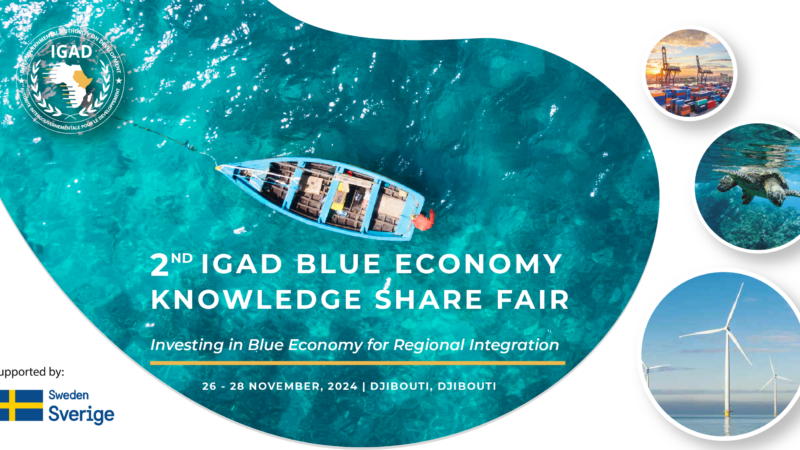Dakhla seaport to be ready by 2028, boosting the region’s economic potential
Morocco is continuing to invest massively in infrastructure in the Moroccan Sahara. For the record, Dakhla is a town in Western Sahara. It lies 650 km south of Laâyoune, and 1,690 km south of Rabat, on a narrow peninsula, the Rio de Oro peninsula, which runs for around 40 km parallel to the Atlantic coast in a north-east-south-west direction. The city lies around thirty kilometres north of the Tropic of Cancer, just like Havana, Canton and Hawaii. It is one of the last towns before Mauritania.
A disputed and non-autonomous territory according to the UN and under de facto Moroccan administration since it was evacuated by Mauritania in 1979, the Dakhla region has immense potential in the fishing industry, tourism, renewable energy production and as a transhipment point for Mauritanian trade to Africa.
What’s more, the region is rich in natural resources such as phosphate, iron and uranium. This is why the Moroccan authorities have decided to build a major seaport to open up the region and boost its economic potential.
Recently, the 1,000 km multi-lane motorway linking the south of Agadir to Dakhla was largely completed. In addition, the border with Mauritania has been widened to facilitate the transport of goods to neighbouring countries to the south. In addition, new terminals have been built at Laâyoune and Dakhla airports, with the aim of attracting international airlines.
According to Infrastructure Minister Nizar Baraka, the major seaport project at Dakhla should be completed by 2028. The importance of a large-scale seaport for economic development has been demonstrated for years by the port of Tangier Med. Without this port, the development of a competitive automotive industry would not have been possible. In addition to Tanger Med, the seaport of Nador Med is also under construction on Morocco’s Mediterranean coast. The project includes the construction of a 1.3 km sea bridge and 6.7 km of protective dykes. Technologies complying with international standards are being used for the first time in Morocco, thanks to Moroccan expertise.
The port of Dakhla Atlantique will be equipped with facilities such as an oil terminal for trade, an inshore and offshore fishing port with a transhipment capacity of almost one million tonnes of fish and seafood, and a ship repair port. This project represents a major development opportunity for the Dakhla region and the whole of Morocco. With its impressive size and economic potential, the port of Dakhla Atlantic will be an essential element in the country’s growth and prosperity in the years to come.
 By Fulgence Zinsou, Correspondent for Maritimafrica in Benin
By Fulgence Zinsou, Correspondent for Maritimafrica in Benin





